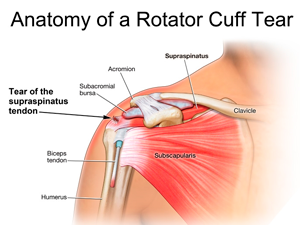

What is rotator cuff?
Shoulder joint is the most mobile joint in our body. It is a ‘ball and socket’ type of joint formed between the arm bone and the shoulder blade.
There are 4 muscles that originate from the shoulder blade and get attached on the ball of the arm bone. These muscles act like different gears of the shoulder joint and are responsible for proper functioning and movement of the shoulder joint.
These four muscles together form the “Rotator Cuff’.
Established by trusted doctors with 25+ years in Pimpri-Chinchwad, Brahm Chaitanya Hospital brings you world-class healthcare.